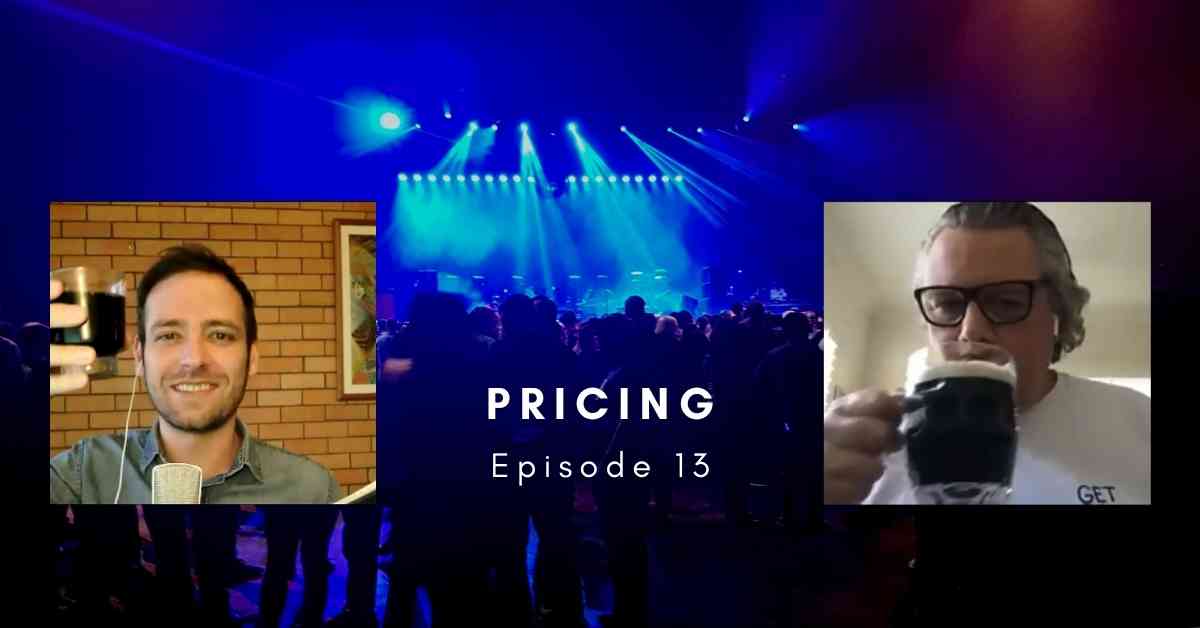Digital Marketing Explained Simply
29 January 2016If you’re like us, working in the Digital Marketing industry, it’s often difficult to explain to others exactly what we do. Often you’ll resort to saying things like “we help get businesses on the Google” or “I’m the annoying person who forces you watch an ad before that Youtube clip you’re trying to watch”.
Business owners and managers might be a bit more savy with the basics and you’ll find the conversation turns to the ‘how’ rather than the ‘what’.
So in response we’ve developed a reasonably simple diagram you can whip out your phone, tablet or laptop during a meeting to explain. See below for an explanation of each phase.
-
- Digital Marketing Process Infographic
1 – Select your target market online
Perhaps the most critical part of any campaign is researching and selecting the online usage habits of your target market. This changes markedly between industries and products or services. For example, we find that Google and LinkedIn is a prime candidate for B2B service organisations, whereas Istagram, Facebook and online food publications such as Broadsheet are very powerful if you were marketing a restaurant.
When in doubt, test and trial different mediums until you find where your target market ‘hangs out’ online. One of the biggest mistakes companies make is to use the cliche ‘Females aged 25-40, with an income above $40k who…”. Forget that approach. Instead think what their interests are (psychographic) and analyse what they do online (behavioural). You will get far richer segmentation profiling this way.
Often we find that collecting audience data from previous Facebook and Google display campaigns gives great insight into your target market.
2 – Formulate a great Brand Message
So we’ve got an idea of where your target market is online. Next you need to come up with a reason for them to even bother taking an interest in you. What problem are you solving for them and where is the value?
Value = benefits – costs
Maybe your saving them time or money (cost reduction). Maybe your allowing them to express themselves (self expressive benefits). Your value proposition should be clear and unambiguous. In an online world full of competing message clutter, this step is just as critical as any other. Too often do we see advertising on Adwords which says, something along the lines of ‘we’re the best quality, or we have the best reputation’. The problem is, everyone says that. Think of something unique and compelling for the best results.
3 – Control the experience at Brand Contact points
So we’ve now intercepted your target market online and can now assume you’ve got their attention, however briefly that is. Next you’re exposing them to a brand contact point where you can control their attention and communicate. Maybe you’ve got a great video or article you’ve written about something relevant to them. Whether you take them to your website, your social media page, someone else’s social media page, your Youtube channel, or an affiliate website. You have got them in the door and you need to engage. Send them your message loud and clear.
4 – Persuade
We’ve already touched on this above but there’s a huge difference between just saying hello and achieving active engagement. What’s the incentive? Why should I care? Maybe you’ll go into the draw for a competition, maybe you can receive an instant quote, maybe you’ll get a free analysis, maybe you’ll receive the promise of something later down the track. We’ve got their attention and now you need to give them a reason why. With websites we spend a lot of time using Advanced Conversion Rate Optimisation techniques in order to maximise the return from inbound traffic. Often you can double your sales without doubling your traffic.
5 – Put everyone into a Sales Funnel
Not everyone is going to buy from you the first time around so offer options which require different levels of commitment. Maybe as a potential customer you don’t have the money to buy but might consider it later. This person is a perfect candidate to sign up to an e-newsletter which sends out periodic specials which could provide an incentive for them to act at a later date. Similarly, another customer could be at work and they can’t call on their mobile but might see value in asking some quick questions via a live chat feature on your website.
Automating your sales funnel is critical when you are a larger organisation. Too often we see frontline staff disregard potential leads as they are not offered any incentives. All your marketing efforts will go to waste if you don’t have good systems in place to handle the new interest in your service/product.
6 – Measure Everything
This isn’t old school TV, Radio, Print or pamphlets. You can measure everything. Calls from your website, email form fills, button clicks, downloads, likes, shares etc. There is absolutely no excuse not to measure these KPI’s. Besides, if you’re a marketing manager, loosing data is a big problem. Rectifying the problem can make your efforts look more effective than they did before. Some measurement can be technically challenging. If you need assistance, get a professional (like us) to help you out.
Feedback is critical for continual improvement. Combining all your campaign data into a single report will then provide great insight which can be fed back into your next planning stage (Step 1) and make your next campaign even more effective.
John J.



